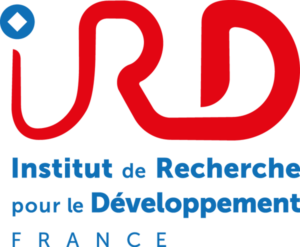E. S. Gentile: The importance of atmosphere-ocean-wave coupling in deterministic and ensemble regional convection-permitting forecasts of midlatitude cyclones

Le 16 avril 2021 à 11h par visioconférence via BBB (https://greenlight.lal.cloud.math.cnrs.fr/b/lam-exz-2ra)
Présentation: Emanuele Silvio Gentile , doctorant au département de météorologie de l’université de Reading, UK, e.gentile@pgr.reading.ac.uk
Abstract: Accurate modelling of air-sea surface exchanges is crucial for reliable extreme surface wind speed forecasts. While atmosphere-only weather forecast models represent ocean and wave effects through sea-state independent parametrizations, coupled multi-model systems capture sea-state dynamics by integrating feedbacks between the atmosphere, ocean and wave model components. The impact of coupling is first quantified for a cyclone case study using a convection-permitting deterministic coupled prediction system. The robustness of this impact and its importance relative to initial condition error is then assessed by developing and exploring an ensemble version of this system.
Texte court: In this work, we investigated how the atmosphere-ocean-wave coupling impact the study of midlatitude cyclones using convection-permitting deterministic coupled prediction system.
Mots clefs: atmosphere-ocean-wave coupling , cyclone






